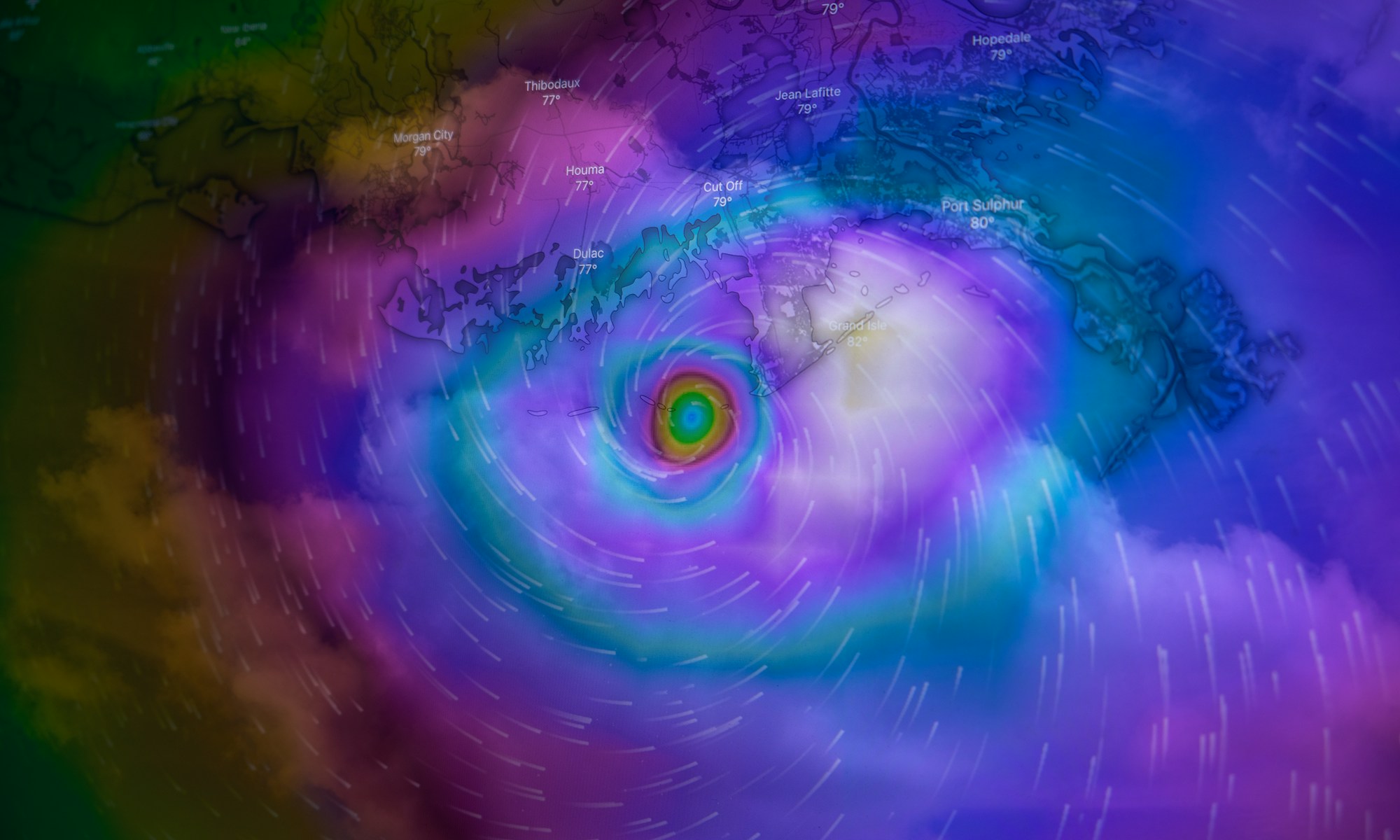6 July 2023 – by Cosmo Sanderson
Earth experienced its warmest average temperature since records began on Tuesday, hot on the heels of the 17C mark being broken for the first time on Monday.
The new record set on Tuesday saw the average global temperature reach 17.18C (62.9F). That level of heat remained steady on Wednesday.
The world had only breached the 17C mark for the first time on Monday, when the global average hit 17.01C (62.62F). The previous record was 16.92C (62.46F), set in August 2016.
That means that the three hottest days globally since instrumental recordings began at the end of the 19th century have all been this week. They are believed to be the hottest for at least 125,000 years, when there was an unusually warm period between two ice ages.
The data, a combination of surface, air balloon and satellite readings, was compiled by the US National Centers for Environmental Prediction. Scientists at the University of Maine’s Climate Change Institute analysed the readings to determine the global average.

The thick black line represents temperatures recorded in 2023 and the orange line temperatures in 2022. The black dotted line shows average temperatures from 1979 to 2000. Annual temperatures from 1979 to 2021 appear in light grey (Source: Climate Change Institute, The University of Maine)
Myles Allen, a professor of geosystem science at Oxford University, told the Washington Post that the record-breaking week was due to a “triple whammy” of factors.
One of these is human-driven global warming, which has already pushed temperatures to 1.25C (2.25F) above the pre-industrial average.
Another is the return of El Niño, a global weather phenomenon that sees the atmosphere trap more heat than usual. Scientists recently declared that El Niño has returned for the first time in four years.
These factors have combined with natural variation in the annual temperature cycle, which sees the hottest average global temperatures around the end of July. Scientists therefore predict there will likely be hotter days still in the coming weeks.
The new records come as various countries and regions have experienced sweltering heat. North Africa has seen temperatures nearing an eye-watering 50C, while China has been suffering heatwave conditions of over 35C.
A recent Mediterranean heatwave was chalked up to global warming. A heat dome in the southern US has killed at least a dozen people, while the UK saw its hottest June on record.
A study published in May found that the climate crisis could within decades push billions of people into living in “unprecedented” heat unsuitable for human survival. The heat will also accelerate the melting of ice caps and the resulting rise in sea levels, which United Nations secretary general António Guterres recently warned could lead to migration on a “biblical” scale.













